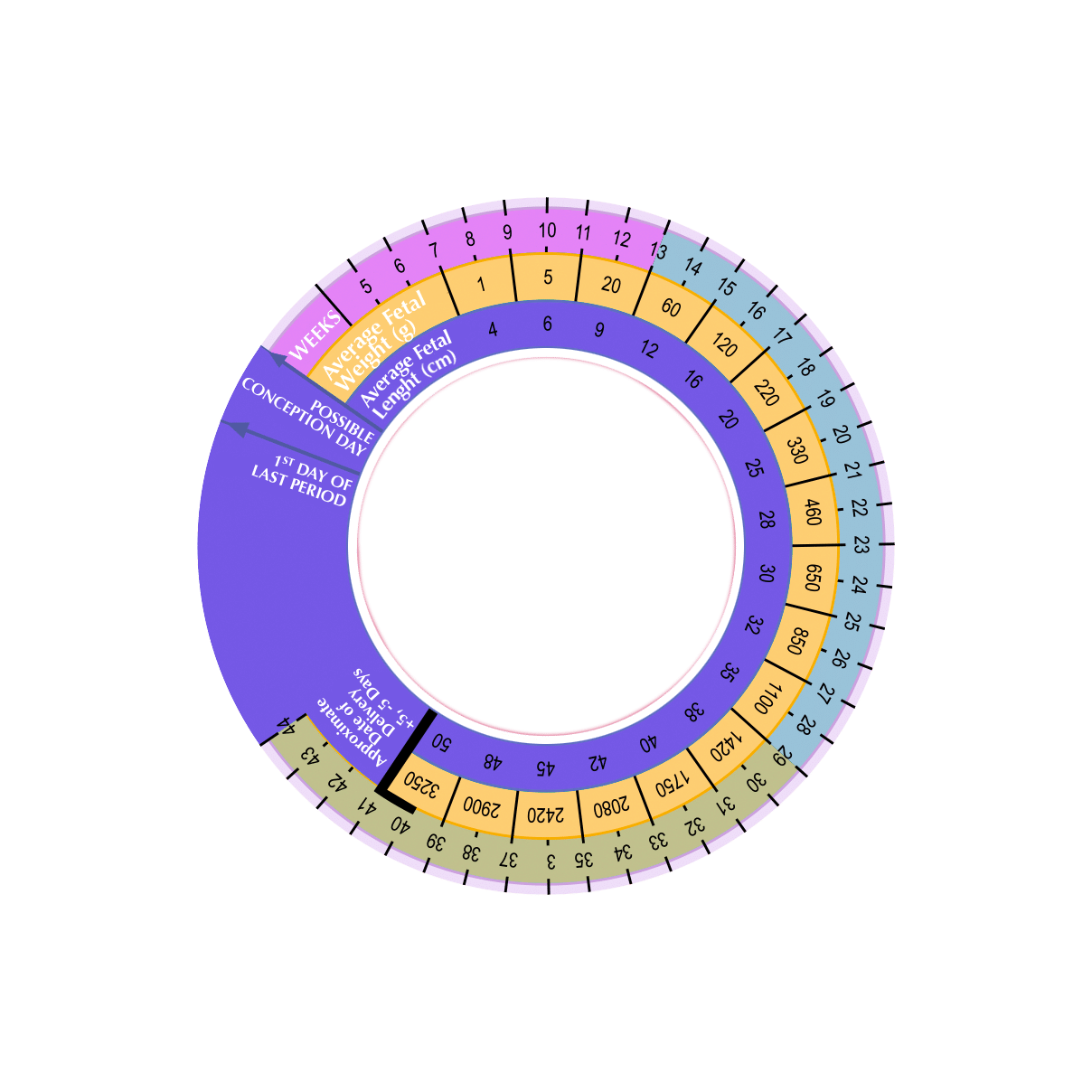

Luckily, our pregnancy due date calculator can help. Unless you can pinpoint exactly what point of your ovulation cycle you were in at the time of fertilization, it’s difficult to know how far along you are and what date you’ll meet your baby. That means that simply estimating nine months from the day you take a pregnancy test isn’t going to calculate your due date, and, even so, factoring in a few weeks here and there for ovulation won’t either. Many won’t be aware of their pregnancy until their first missed period, and by that time they could be up to five weeks in. Most expectant mothers don’t realize that both menstrual and ovulation periods count as the first two weeks of pregnancy. Pre-term labor is a risk of infertility and IVF conception, the theory being based on the fact that whichever hormonal imbalances caused the infertility, may also impact on the hormones regulating pregnancy and childbirth.While it’s true that most pregnancies last 40 weeks, there are other factors at play which will determine your pregnancy due date. Subsequently, the hormonal profile of the mother and other factors may come into play, shortening or prolonging gestation beyond the 40-week mark. Results depend your sex too (women usually. Birth Date: Enter your Birth Date with the following order: Day, Month and Year you were born. Country: Please submit the country you’re living at the moment. One of the initial factors that may impact on the pregnancy length is the time of implantation. If you want to receive the Death Date Results by email then submit your email account through this field. A normal pregnancy may last anywhere between 38 and 42 weeks and only 5% of babies are born on their actual due date. Due dates are a means to provide with a general window for when the pregnant women may expect to go into labour.

Date Calculator API Find a specific business date and calculate the working days in a given period. Calendar with Logo (PDF) Add your company logo to our printable calendars. It is important to note that the actual date of birth cannot be estimated with 100 percent accuracy, not even for IVF pregnancy, where the exact start is known. Time & Date Calculator App for iOS See how long remains before a deadline or exactly when those 30 days are up.

In the case of an IVF pregnancy, if the ultrasound measurements do not match the expected gestational age, clinicians will closely monitor the pregnancy to ensure the fetus is developing as expected. The table below summarizes the number of days that need to be added in the case of each of the IVF options, to retrieve the estimated IVF due date: IVF treatmentįor a naturally conceived pregnancy, an estimated due date may subsequently be adjusted or changed following the measurements taken during the dating ultrasound (usually occurring during week 12). In this case, the start of the pregnancy (adjusted by 2 weeks) is from the day the eggs are harvested or the date of embryo or blastocyst transfer (3-day FET or 5-day FET). This offers a more straightforward estimate of the due date. In the case of an IVF pregnancy, the start dates are planned and scheduled, so known in advance. This is in the case of a naturally conceived pregnancy. By adjusting the LMP with 2 weeks, the estimated ovulation date is also obtained. The average gestation period for a one baby pregnancy is considered to be 40 weeks (280 days) from the last menstrual period.


 0 kommentar(er)
0 kommentar(er)
